Dossier: The Vision of the Animals

Nature has given us an extraordinary visual device. But is this eye unique? What differentiates us visually from other animals? And above all, for what reason?
It is customary, and it is natural, to start from human vision to compare it with that of other animal species. After all, for the majority of scientific studies, we use our body as a point of reference. The same is true when it comes to understanding the mechanisms of animal vision .
We often hear that this or that animal sees better or worse than humans because this one does not see certain colors, that we are on the contrary able to distinguish, or because that one has the capacity to see the ultraviolet rays.
But everything is a matter of need , and the ocular performance , which is the degree of perfection of the image formed on the retina from the object that sends light rays on the eye, differs according to the use we make of our view.
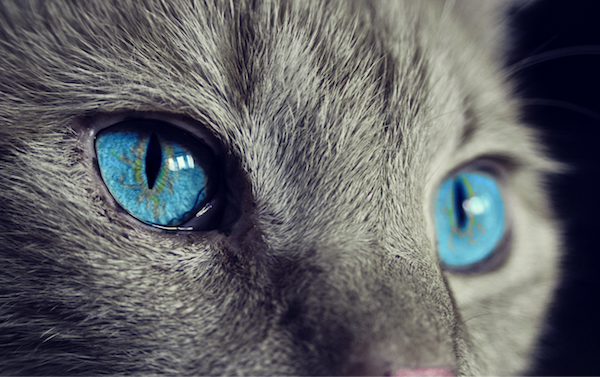 @Pixabay [/ caption]
@Pixabay [/ caption]
Ocular performance consists of four elements , the order of importance of which will change according to the needs of each species.
[ =]
These four elements are:
- Sharpness
- The resolution
- The contrast
- Movements
The vision of animals: linked to the needs of each
For us humans, our primary goal is to see the best we can. It is considered that one has a good view when it is clear and that one distinguishes perfectly the different colors . And then, we adapt ourselves by making objects allowing us to improve it if necessary.
The difference with the animal kingdom is that our hunter's needs, our instinct of prey or predator have, with the advent of civilizations, evolved. This is not the case for animals, whose vision varies according to their diet or their environment.
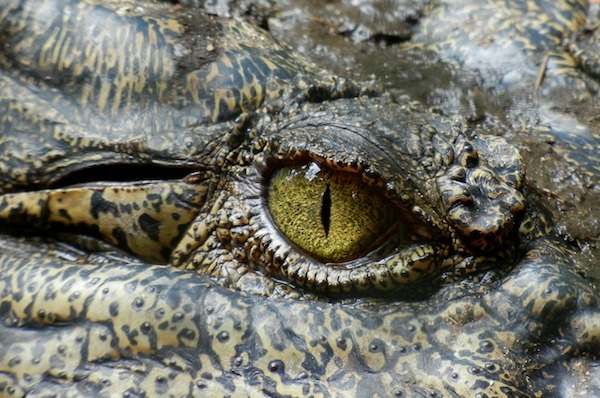 @Pixabay [/ caption]
@Pixabay [/ caption]
The human eye is a great tool, able to detect a maximum of colors, textures. But it does not seem to have any particular specificity offering a natural talent inherent to our species in a specific field.
Take the example of our night vision . In the dark, sticks work because they are sensitive to light . Cones, they, detect shapes and colors, and have a lot of trouble working in the dark. It is for this reason that our night vision is mainly related to the presence or absence of a source of light .
This is not the case for animals, at least , for those who have a really high-performance night vision in the dark
 @Pixabay [/ caption]
@Pixabay [/ caption]
The dog's retina , for example, has many more rods than the human's. As a bonus, his pupil dilates more, which allows him to see well even if there is a weak source of light . The best friend of Man also has a reflective membrane , located behind the retina, which is called the tapetum lucidum .
This reflective layer located at the back of the eye improves vision in low light, although the perceived image may be disturbed by an interfering effect between the incident light and the reflected light.
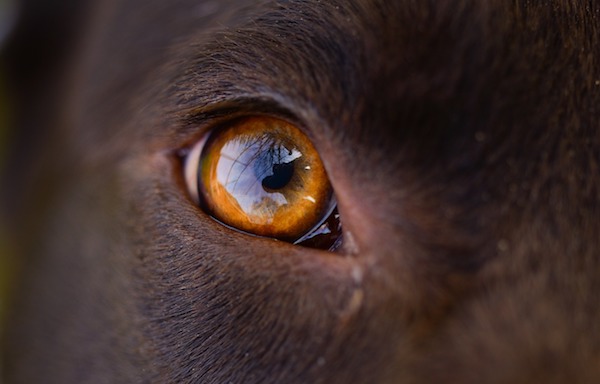 @Pixabay [/ caption]
@Pixabay [/ caption]
It is this tapetum lucidum that shines the eyes of animals in the presence of a light source.
[= In nocturnal birds of prey, which feed on animals living at night, it was necessary to capture as much light as possible at night. Thus the pupil of these animals expands to the extreme, offering extremely effective vision in the middle of the night.
For some, the view is directly related to the types of hunted prey .
Heat as a clue
This is also the case for snakes, but this time in a different way. Indeed, they are only very few, if any, sensitive to light and will use the temperature to see.
[Caption id = "attachment_10143" align = " aligncenter "width =" 600 "]  @Pixabay [/ caption]
@Pixabay [/ caption]
The performance is very different from other animals and humans, but it is no less effective. Simply put yourself in the skin of the snake, which has needs very different from ours!
The night vision of snakes is made possible by the thermal detection and not by the detection of photons.
Snakes have infrared-sensitive membranes . This system allows reptiles to differentiate between heat coming from an animal in motion and that from the environment.
[Caption id = "attachment_10144" align = "aligncenter" width = "600"] 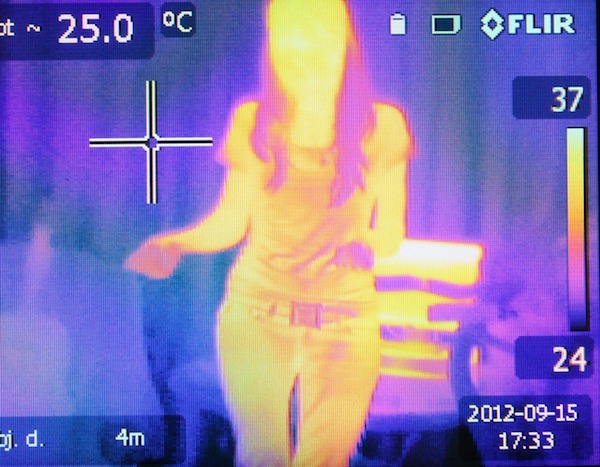 Snakes detect heat, like an infrared device @Pixabay [/ caption]
Snakes detect heat, like an infrared device @Pixabay [/ caption]
Infrared radiation warms the membrane of their dimples. As soon as the temperature reaches a certain threshold (about 25 ° C, the temperature that corresponds to the heat emitted by the prey of the snake, such as mice or rabbits) a receiver called TRPA1 opens a small channel of ion transmission, allowing the Nerve cells generate an electrical signal .
It is therefore clear, particularly through these examples, that having good vision does not mean the same thing for different species. It adapts especially to lifestyle and the need to find food.
One eye for each medium
The other point that marks a blatant difference between our way of seeing and that of animals is, of course, the natural environment in which they evolve.
water, our lens can not deform sufficiently, resulting in blurred vision . In aquatic animals, the cornea does not intervene. It is the crystalline lens that is responsible for what is called static refraction .
This one has a spherical shape and is located far from the retina, very close to the cornea.
In some fish and amphibians, the pupil is divided into two parts by expansions of the iris
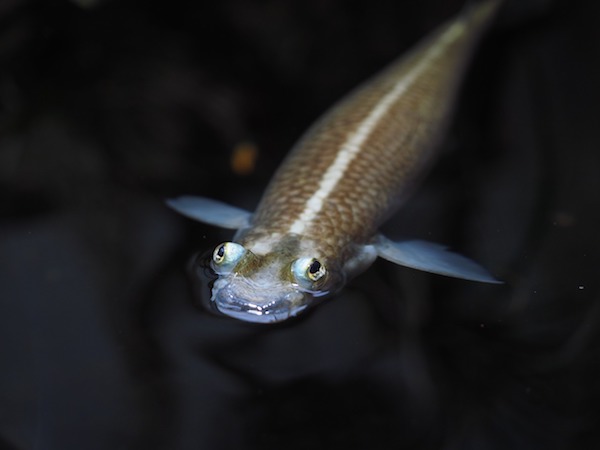 The anableps, small fish with amazing visual acuity @Pixabay [/ caption]
The anableps, small fish with amazing visual acuity @Pixabay [/ caption]
This is the case of a rather amazing fish, the anableps . This small fish, living in mangroves, has the particularity to see both underwater and outside.
This confirms that the eye adapts to the environment in which the species evolves (the water level in mangroves can be very low). Thus, the eye of the animal has a ventral pupil and a dorsal pupil .
Its crystalline lens is oval, and, under water, the light passes through the ventral pupil, crosses the lens and converges on the dorsal retina. The one emanating out of the water is refracted by the cornea then converges towards the ventral retina.
Finally, the organization and the way of life of the species has a role to play on the vision of the animals. ]
 @Pixabay [/ caption]
@Pixabay [/ caption]
Like the cat, night hunter who sees much better by night than by day, or eagle, with a perfect view during the day but difficult at night, the vision of insects is parametrized in relation to their instincts, needs, constraints and duties.
Such different eyes
 @Pixabay Eyelids [/ caption]
@Pixabay Eyelids [/ caption]
In insects, and in almost all invertebrates in general, the eyes are the opposite of what we know in mammals . They are composed of many small lenses , or ommatidies . Thus, they say that their eyes are " faceted .
Again, it is interesting to note that even among the same species, nature adapts the eye according to the role it gives to a species. This is why, in bees, workers have 4500 facets per eye while the queen, whose vision is not really necessary, has 3500 facets . The male, who must be able to spot a queen from longer distances, has 7500.
The ommatidies are composed of:
- a frontal lens covered with chitin, like the cuirass that protects the body of the insect (this coating corresponds to the cornea of our eye);
- a transparent crystalline cone that refracts light;
- a photographic receiver ;
- pigmented cells that absorb light rays
- of receptors sensitive to color
Detect the movement!
Small animals, flying insects need a quick scan to flee. That's why they will attach a lot of importance to the vision of the movement.
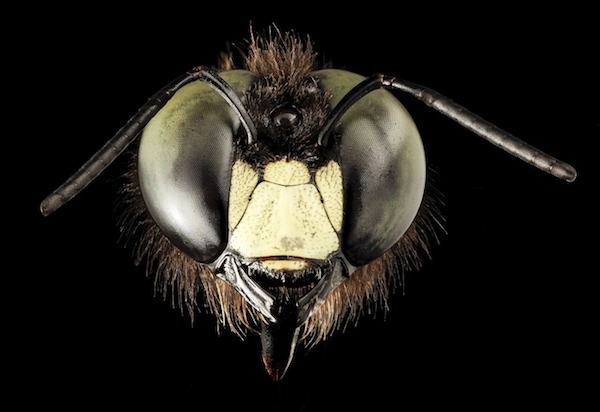 @Pixabay [/ caption]
@Pixabay [/ caption]
When an object moves in the field of view, the ommatidies are activated or extinguished in turn, allowing insects to be able to determine whether this object is still or moving .
Thus, they can adapt their reaction. Thanks to their complex eye , they have a greater ability to analyze than us, and a higher frequency of sequential vision .
Studying the vision of animals demonstrates the incredible complexity of nature. This denotes above all the importance of the phenomenon of perception of things , and the way in which a species is able to evolve in its environment, but also, precisely, as an animal species, with specific needs.
Sources: snof.org, science and the future, visionanimale.fr, futura-sciences.com


